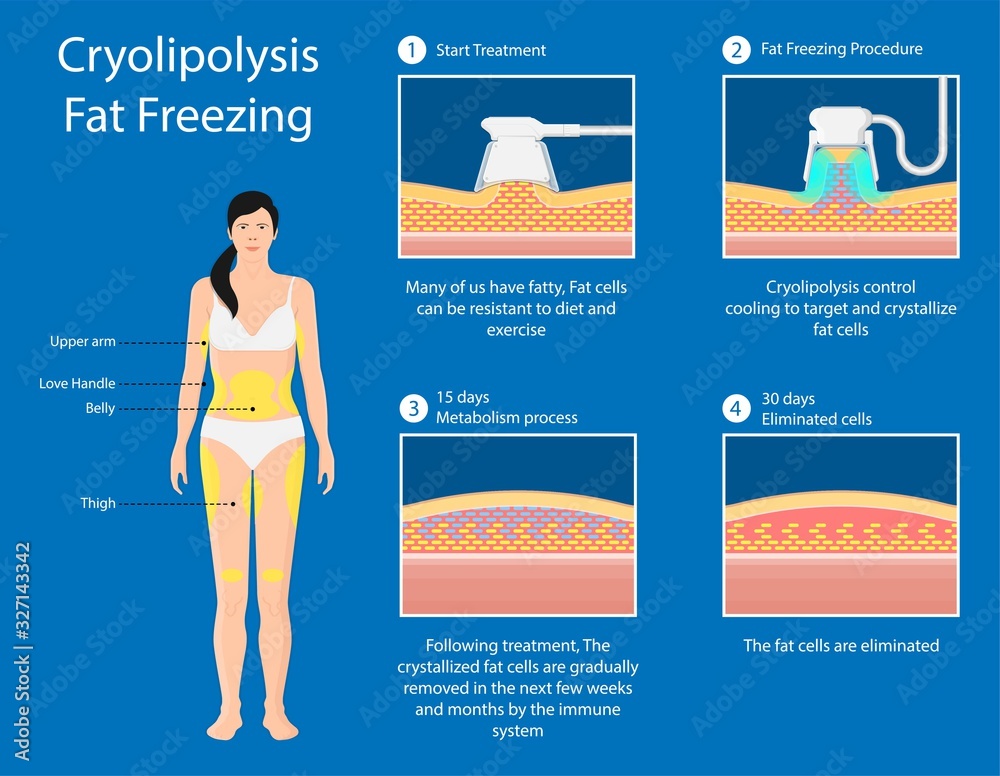
September 9, 2024
Fat Cold Cryolipolysis
6 Requirements For Excellent Coolsculpting Prospects Vein & Laser Institute Recognizing that patience and time are part of the procedure helps straighten assumptions with possible end results. Those with cryoglobulinemia, cold agglutinin condition, or paroxysmal chilly hemoglobinuria needs to avoid, as these conditions can lead to damaging reactions. A comprehensive medical testing comes before any kind of decision to proceed, ensuring safety and viability.What Sensations Or Sensations Can Be Experienced Throughout Treatment?
- These effects are normally mild and solve on their own within a few days or weeks.
- However, CoolSculpting can assist you achieve the body shape you want.
- They target persistent fat areas that resist diet regimen and exercise.
- Gradually, the body's lymphatic system removes the dead fat cells, resulting in a reduction of fat in the treated location.
Are There Any Kind Of Adverse Effects Of Coolsculpting?
Throughout numerous weeks, your body naturally removes these damaged fat cells, leading to a decrease of fat in the cured location. Throughout a CoolSculpting session, a specialized applicator is put on the location being treated. The applicator supplies precise cooling to the fat cells, creating them to freeze. This cold procedure, known as cryolipolysis, selectively harms the fat cells without hurting the surrounding cells. CoolSculpting, an advanced non-invasive procedure, may just be the game-changer you have actually been searching for. With its advanced modern technology, CoolSculpting targets and freezes fat cells, allowing your body to naturally eliminate them in time.Understanding Cryolipolysis
The popularity of CoolSculpting ® as a fat-reduction surgery is expanding in the U.S . In simply three years, CoolSculpting ® therapies climbed by 823%, according to a 2013 research study. CoolSculpting works on the abdomen, flanks, and upper legs. RF treatments work well on smaller locations Find out more like the face or neck. RF treatments are usually less costly, varying from $200 to $500 per session. Cryolipolysis is not a weight-loss option however instead a targeted fat reduction treatment. CoolSculpting and liposuction surgery have acquired significant appeal as ways to contour the body and minimize unwanted fat. While both share the overarching objective of accomplishing a more defined figure, they vary in their strategies, invasiveness, recovery procedures, and results. Analyzing which treatment is most suitable for your distinct circumstance needs a clear understanding of their auto mechanics and benefits. This makes it a much more secure and easier choice compared to traditional fat decrease methods. Additionally, CoolSculpting needs very little downtime, permitting you to get back to your regular physical fitness regimen with no considerable disruptions. One of the main benefits of CoolSculpting is its capability to target specific locations of persistent fat that are immune to diet plan and exercise. These normally deal with within a couple of days or weeks with no enduring impact. Individuals can resume their regular activities nearly promptly after therapy. This convenience interest several individuals that have busy lives and can not afford downtime. Nonetheless, as the location numbs due to cooling down, discomfort decreases. To complete, let's delve into a quick wrap-up of the key points talked about and share some final ideas on the scientific research behind CoolSculpting and its performance.What BMI is required for cryolipolysis?
Social Links